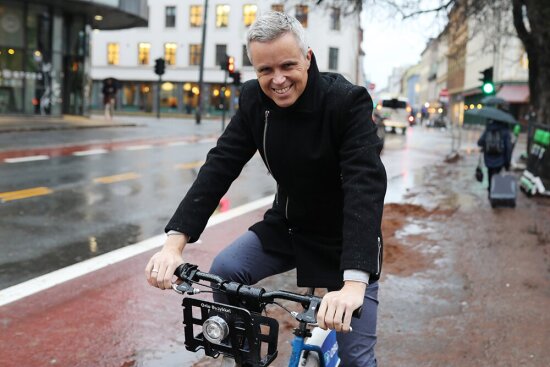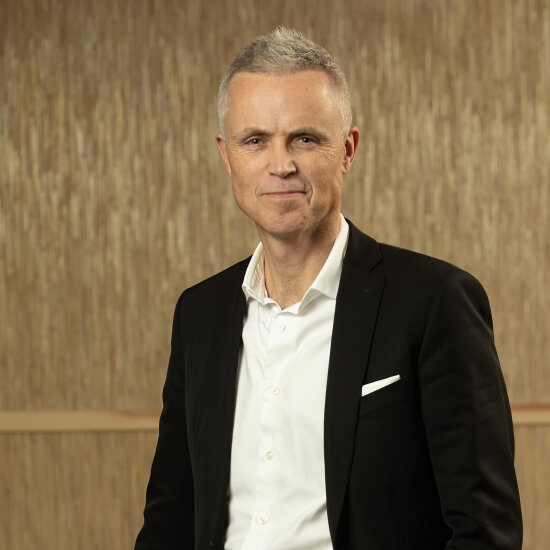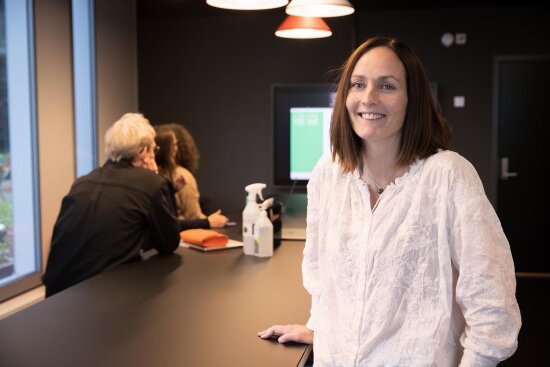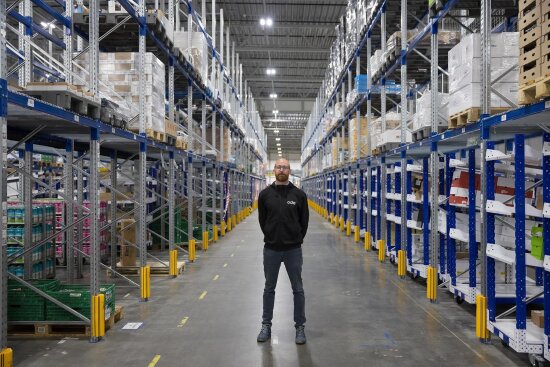A shorter version of this op-ed was published in Finansavisen on December 3rd, 2021.
There are two ways you can approach innovation.
You can either start with the solution, such as in the form of an app, a website, a product, or a service, which can be either public or private. Then the solution is fixed.
Or you can start with the problem and explore until you identify a product or service that caters for actual needs.
Although the latter, known as the user-centred approach, may seem so intuitive and smart that you’d think that’s how everyone works, it’s actually not that simple.
The scooter situation in major cities is one example. Here, the technological possibilities and economic models have completely taken over without the service having been designed to cover the actual needs of different user groups.
Visually impaired people are tripping over and people are being hit. The journey home from a party is increasingly via the emergency room.
In this case, it’s been necessary to take a huge step back to look at how this kind of micromobility can best work in urban areas. The economics and technology must be linked with good design, and that’s about starting at the right end: innovation with people – ordinary people – at the centre.
“Now it’s the turn of ordinary people,” says Norway’s Prime Minister, Jonas Gahr Støre. This can and should be a guiding principle for all politicians and companies that will shape the Norway of the future.
Here are three ways that we can truly ensure that it’s the turn of ordinary people.
1. Start with the problem, not the solution
In the 1990s, personal computers became more powerful and more advanced. Then Apple came up with something revolutionary – advanced technology that was easy to use.
Instead of creating the product first and then leaving it to users to figure out how it worked, Apple put the user at the centre from day one. This is a key ingredient in its recipe for success.
The same is true of many of Norway’s most popular brands and services, from Flytoget to Vipps and Oda. They’ve made transport, payment, and grocery shopping a more positive experience, even if they’re not perhaps the most pleasurable things on the planet to start with.
Norway is already way ahead when it comes to acknowledging and catering for people’s needs. We have many world-class user-friendly services, even in the public sector. Think how easy it’s become to submit your tax return. Think about the user-friendly services that have emerged during the pandemic, from simple login to drive-in testing.
But we can and must do better in this era of technology that’s running away from us and ever-mounting challenges in relation to the climate, pollution, food waste, digital exclusion, and scarcity of resources.
2. Necessary for some, good for everyone
We often talk about “ordinary people”. But we can ask ourselves whether ordinary people exist at all.
One is pregnant, another has a broken ankle, and another is an older person who is hard of hearing. There are countless different needs out there, and “ordinary people” is a term that many designers are struggling with.
Finding user-friendly and innovative solutions to real challenges is the essence of good design, because what’s necessary for some should be good for everyone.
You used to have to go up some steps to get on a bus or tram. The steps were removed to allow people with a stroller or wheelchair to board straight from the pavement. But the rest of us hardly miss those stairs, do we?
Although user-centred design thinking isn’t wizardry; it is a perspective and methodology that is fundamentally interdisciplinary and ensures that the voices of both professionals and end users are heard.
If you start with the solution, you may not solve the right problem. But if you start with people’s actual challenges and needs, you can find solutions that not only help them but make life better for others, too.
3. Design that provides visibility in a blind spot
Many business leaders are economists, technologists, and lawyers. They are professionals with a lot of knowledge in their fields. but they’re not necessarily experts on humans – that is to say, users.
If we don’t get designers around the table where the decisions are made, we’ll get worse products and services. We see this time and time again.
Design provides visibility in a blind spot for many companies. It focuses on people and their needs instead of just being based on profitability or technology.
But this doesn’t mean we have to sacrifice profitability. On the contrary. When the consulting firm McKinsey studied 300 companies in various industries and countries, it found that companies that were leaders in design grew three times faster than the average in their industry. And their returns were almost twice as high.
The future is interdisciplinary and user-centred
Even when we have to overcome major societal challenges, we’ll succeed better if we take an interdisciplinary and user-centred approach.
We know that people-oriented design can help solve everything from food waste to the circular economy and waste management challenges. We know that design alone won’t solve the world’s biggest challenges, but in a constellation with other disciplines and perspectives, it provides a much better starting point for finding good solutions.
As we now tackle the climate crisis, an ageing population, the digital transformation, urbanisation, and a number of other challenges, it’s important that we start at the right end – with people’s actual needs. Only then will we strike upon solutions that are good for everyone.





